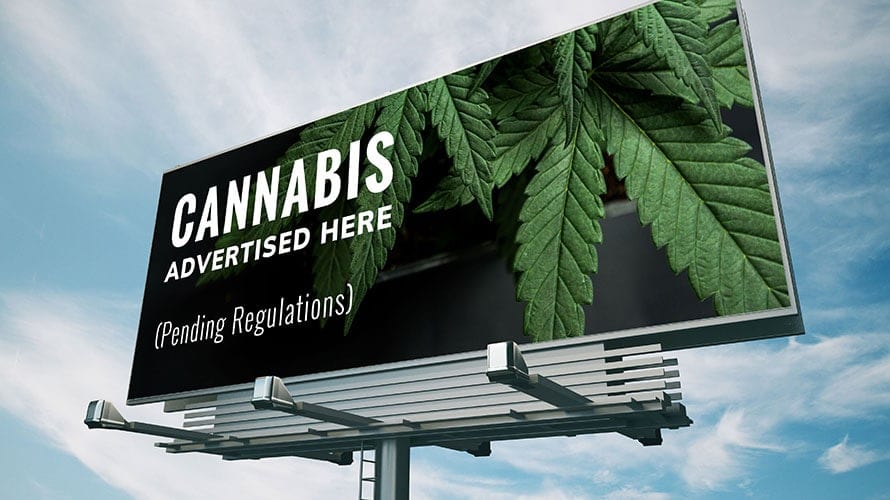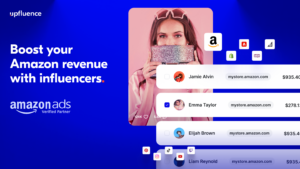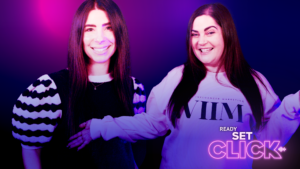In this series:
CBD in Everything, What about CBD in Advertising?
Cannabis Influencers Are Changing the Marketing Landscape
Thanks to the expanding legalization of marijuana, it has been a good couple of years for the cannabis industry, in terms of increasing growth and decreasing social stigma. The global cannabis market is projected to reach $166 billion by 2025, according to Euromonitor International. However, for an industry of its size, cannabis is still relatively low-key when it comes to advertising. Why is that?

Legal Grounds for Cannabis Advertising
The simple answer is that despite medical and recreational marijuana being legalized in several U.S. States, the use of marijuana is still not legalized at the Federal level, at least in 2019. For that reason, there are various restrictions when it comes to advertising a product that’s against Federal Law. This includes banners, posters, broadcasting, and even social media ads.
Our friends over at Leafy, a website dedicated to cannabis product and industry information, have much more intensive information on State-by-state cannabis advertising regulations. To recap – cannabis advertisement is not entirely banned in all states. But the rules are strict, ever-changing, and can be annoying for marketers and brands even in states where marijuana is largely legal and widely consumed.
Even where cannabis advertisement is allowed, there are many restrictions – for example: The audience of such broadcast, radio, print, or digital communications have to be at least 71.6% reasonably expected to be 21 years or older, according to reliable, up-to-date audience data. Sounds exhaustive? That’s only a snippet of California’s cannabis advertising restrictions. California!
Can You Advertise Cannabis Products On Social Media?
Naturally, brands and marketers would navigate towards social media for advertisements, right? Not so soon. The big dogs of social media advertising, Facebook, Google, Youtube, Instagram, Snapchat, etc. you name it, all have their own strict limitations when it comes to cannabis advertising. We can give you some pointers on each social media platform’s guidelines as of 2019:
Google Advertising Policies: Advertisements for recreational drugs are not allowed, including marijuana. Ads for products, services, or instructional content about producing, purchasing, or using recreational drugs are also prohibited.
Facebook Advertising Policies: Ads must not promote the sale or use of illegal, prescription, or recreational drugs. Facebook also prohibits ads that use images of smoking-related accessories, images of either recreational or medical marijuana, and even images that imply the use of a recreational drug.
Instagram Advertising Policies: Instagram doesn’t allow people or organizations to use the platform to advertise or sell marijuana, regardless of the seller’s state or country. This means businesses can’t promote themselves by providing contact information even on their business accounts. However, Instagram allows a website link in their bio.

Tips for Cannabis Marketing
In many ways, brands and marketers are still hesitant to “poke the big bears” and cross any gray lines that would result in backlash. (Remember when Super Bowl rejected a cannabis ad this year?) Although these rules are not insurmountable, cannabis advertising requires a lot more patience, effort, knowledge, and creativity. We have some tips:
Can’t promote? Educate.
Social media platforms, like Instagram or Facebook, have more leeway when it comes to editorial and educational content featuring cannabis. In fact, educational content might even be more effective than a traditional ad, especially for industries like cannabis or CBD. Not only that educational content increases your credibility as a brand, but you’re also driving engagement, brand awareness, and customer loyalty. Most importantly, you’re playing on the safe side by not directly promoting your products.
Use Influencers
In the social media world, platforms can and will remove content whenever they feel the need to. This means that accounts and posts featuring drug use on Instagram, for example, could be taken down overnight. However, this happens far less often for personal accounts compared to business ones. This is only one of the many reasons businesses should partner with cannabis influencers to introduce their products.
We have an entire article dedicated to cannabis influencer marketing, which shows you why this is one of the top ways to promote your business, how to find the right influencers for your cannabis business, how to reach out to them, and things you should avoid in order to protect your brand as well as the influencers you work with.
Authenticity
The most important first step of marketing, across all industries, is authenticity. When advertising and promotions are so restricted, authenticity is even more important for brands and agencies to drive organic growth and engagement. This authenticity does not only translate through your content, or your relationship with influencers, or your interactions with customers, but also your day-to-day navigation through the industry currents and changes.
Truth is, all these regulations and restrictions provide you with much more room to test yourself and play around with possibilities. It is an exciting time for changes in the cannabis industry, and we’re all here for it. The fact that you’ve read until the end of the article proves that you’re clearly striving to overcome these hurdles. High-five!
Don’t miss out on the rest of this series:
CBD in Everything, What about CBD in Advertising?
Cannabis Influencers Are Changing the Marketing Landscape












